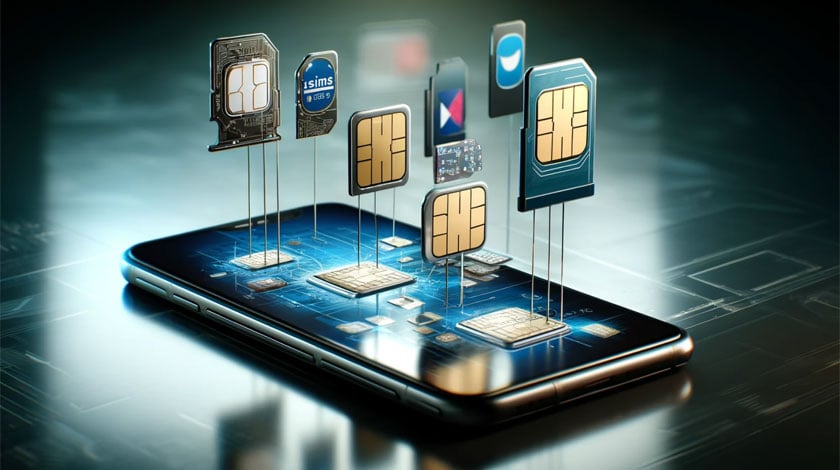Peer2peer video calls – guide for beginners

Video calls are a common way of communicating with people who are far away, whether for work, education, or social purposes. But how do video calls work? And what is the difference between peer2peer and server based video calls?
In this article, we will explain what peer2peer video calls are, how they work, what are their advantages and disadvantages, and what are some of the platforms that offer this service.
What are peer2peer video calls?
Peer2peer video calls, or P2P for short, are a form of video communication that is directly between two or more devices, without using any cloud or outside servers. This means that the devices of the participants act as servers and exchange their IP addresses to establish a connection.
For example, if Patricia wants to call John using P2P video call technology, she will send her IP address to John’s device, and John will send his IP address to Patricia’s device. Then, they will be able to see and hear each other through their cameras and microphones.
How do peer-to-peer video calls work?
Peer2peer video calls work by using a technology called WebRTC (Web Real-Time Communication), which is a set of protocols and standards that enable browsers and apps to transmit audio and video data in real-time.
WebRTC uses three main components to make P2P video calls possible:
- MediaStream: This is the component that captures the audio and video data from the devices’ cameras and microphones.
- RTCPeerConnection: This is the component that establishes the connection between the devices and exchanges the data using encryption and compression techniques.
- RTCDataChannel: This is the component that allows the devices to send additional data, such as text messages or files, during the video call.
To initiate a P2P video call, the devices need to perform a process called signaling, which involves exchanging information about their capabilities, preferences, and network conditions. Signaling can be done using various methods, such as web sockets, HTTP requests, or third-party servers.
Once the signaling is done, the devices can start sending and receiving audio and video data directly to each other using a protocol called UDP (User Datagram Protocol), which is fast and efficient but does not guarantee delivery or order of the packets.
What are the advantages of peer2peer video calls?
Peer-to-peer video calls have some benefits over cloud-based video calls, such as:
- Quality: P2P video calls can offer higher quality of audio and video signals, as they do not have to travel through a central server that may introduce delays, losses, or distortions.
- Security: P2P video calls can be more secure than cloud-based video calls, as they do not rely on a third-party server that may be vulnerable to hacking or surveillance. P2P video calls use encryption and authentication techniques to protect the data from unauthorized access.
- Cost: P2P video calls can be cheaper than cloud-based video calls, as they do not require paying for a server or bandwidth usage. P2P video calls only use the internet connection of the devices involved.
What are the disadvantages of peer-to-peer video calls?
Peer2peer video calls also have some drawbacks compared to cloud-based video calls, such as:
- Scalability: P2P video calls can be difficult to scale up for large groups of participants, as they require more processing power and bandwidth from each device. P2P video calls may also suffer from network congestion or interference from other devices on the same network.
- Compatibility: P2P video calls may not be compatible with all browsers or devices, as they depend on WebRTC technology that may not be supported by older or less popular platforms. P2P video calls may also require installing plugins or extensions to enable WebRTC functionality.
- Reliability: P2P video calls may not be reliable in case of network failures or device malfunctions, as they do not have a backup server that can take over the connection. P2P video calls may also experience packet loss or jitter due to UDP protocol limitations.
What are some platforms that offer peer-to-peer video calls?
There are many platforms that offer peer2peer video call services for various purposes and audiences. One of them is Globfone.com (https://globfone.com/video-chat/) where you can connect with your friends directly browser to browser.
In summary, peer-to-peer video calls are a way of video communication that connects two or more devices directly without any cloud or outside servers. Peer-to-peer video calls have some advantages over cloud-based video calls in terms of quality,


